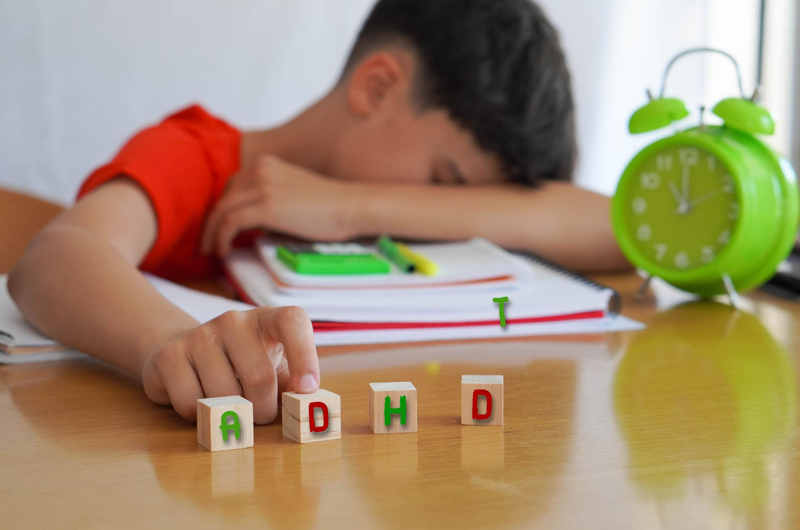According to the Anxiety and Depression Association of America (ADAA), around 60 percent of children having attention deficit hyperactivity disorder or ADHD in the United States become adults with ADHD (8 million adults or 4 percent of the adult population). However, only a few of them are diagnosed with the disease or treated. Without proper diagnosis in people with behavioral problems, physicians can’t understand whether the symptoms are of ADHD or gauge the severity of the disease. In order to be properly reimbursed for services provided to treat ADHD, it is very important to assign the correct diagnosis codes and procedural codes.
Why ADHD Coding Should Be Accurate
ADHD diagnosis must be reported on the medical claim using the correct diagnostic codes. Healthcare practices should make coding decisions according to the diagnosis and treatment of each patient and the requirements specified by each insurer. Otherwise, it will lead to claim denials and lost revenue. Here are the different ICD-9 and ICD-10 codes for this condition.
ICD-9 Codes
- 314.0: Attention deficit disorder of childhood
- 314.00: Attention deficit disorder without mention of hyperactivity
- 314.01: Attention deficit disorder with hyperactivity
ICD-10 Codes
- F90.0: Attention-deficit hyperactivity disorder, predominantly inattentive type
- F90.1: Attention-deficit hyperactivity disorder, predominantly hyperactive type
- F90.2: Attention-deficit hyperactivity disorder, combined type
- F90.9: Attention-deficit hyperactivity disorder, unspecified type
Physician Evaluation and Management (E/M) Codes
- 99211: Usually the presenting problem(s) are minimal and typically 5 minutes are spent with the patient or supervising the services
- 99212: Usually the presenting problem(s) are self-limited or minor and typically 10 minutes are spent with the patient or family
- 99213: Usually the presenting problem(s) are of low to moderate severity and typically 15 minutes are spent with the patient or family
- 99214: Usually the presenting problem(s) are moderate to high severity and typically 25 minutes are spent with the patient or family
- 99215: Usually the presenting problem(s) are moderate to high severity and typically 40 minutes are spent with the patient or family
Behavioral Health Procedure Codes
These codes are needed for different requirements from E/M codes
- 90791: Psychiatric diagnostic evaluation without medical services
- 90792: Psychiatric diagnostic evaluation with medical services
- 90832: Psychotherapy, 30 minutes
- 90834: Psychotherapy, 45 minutes
- 90837: Psychotherapy, 60 minutes
- 90847: Family psychotherapy
Behavioral Health Add-on Procedure Codes
These codes are used in addition to the E/M codes depending upon the type and duration of service provided.
- +90853: Group psychotherapy
- +90833: Psychotherapy, 30 minutes
- +90838: Psychotherapy, 60 minutes
ADHD Treatment Not Effectively Sought
As per a study published in the August 2014 issue of Psychiatric Services, fewer than half of individuals with ADHD seek treatment for the condition. Around 46% of respondents with lifetime ADHD sought treatment for this disorder while the probability of lifetime treatment seeking was 55%. This rate is very low compared to an estimated 87% seeking treatment for psychiatric disorders in general. According to the ADAA, only less than 20 percent of adults with ADHD have been diagnosed with the disorder or treated while only around one-quarter of them seek help. In such a scenario, physicians should conduct a thorough evaluation comprising diagnostic interview, gathering information from family members, checking DSM-IV symptoms (symptoms of inattention and symptoms of hyperactivity), using standardized behavior rating scales for ADHD and performing other types of psychometric testing, if necessary, in patients coming to their offices with behavioral problems to ensure whether the symptoms are of ADHD.
For accurate diagnostic and procedural billing and coding services, providers can rely on professionals in the field.




